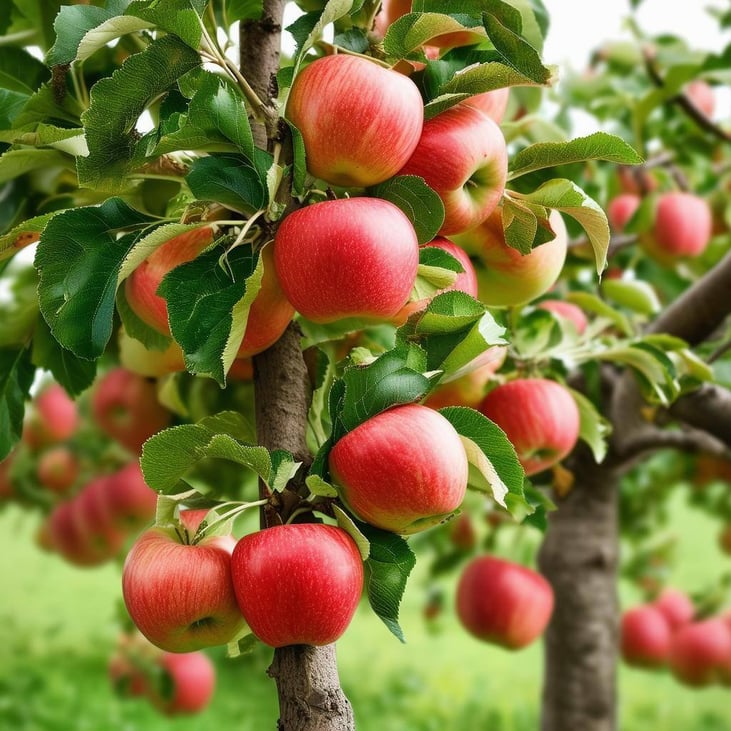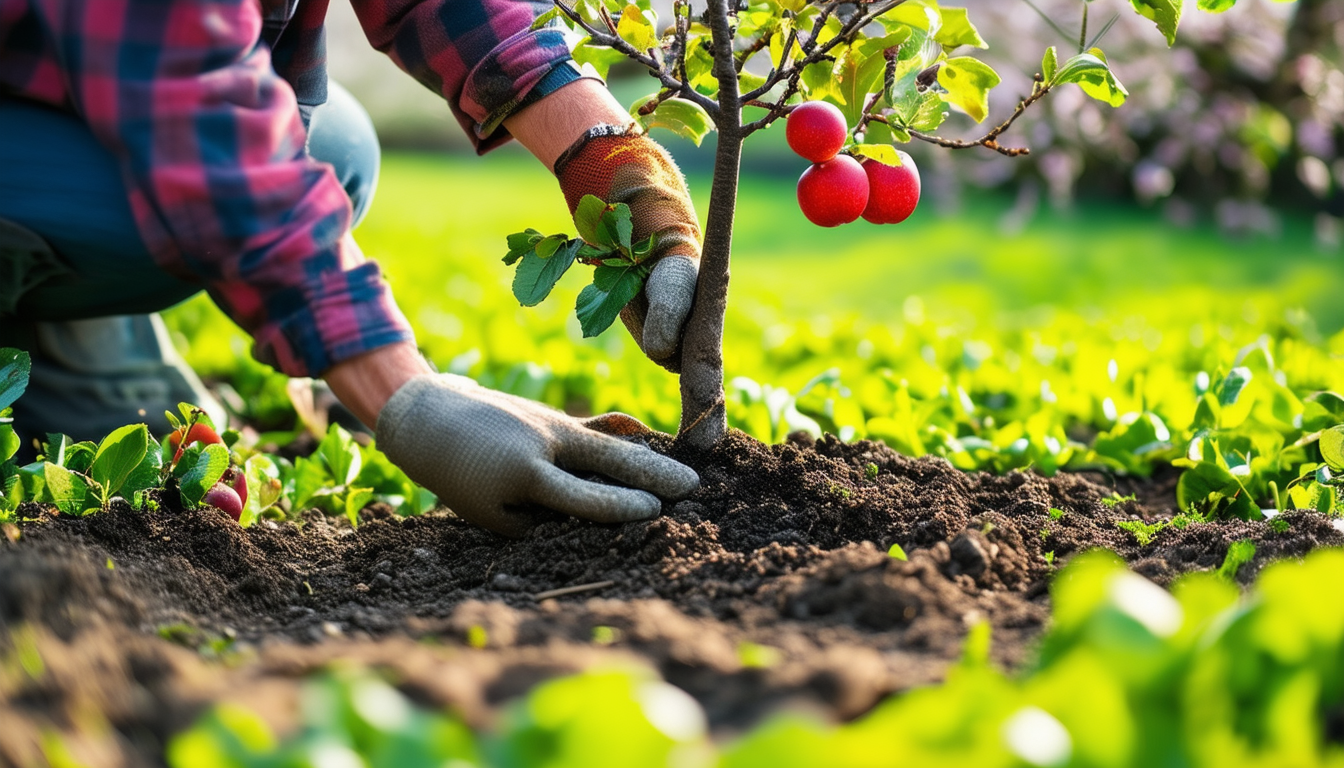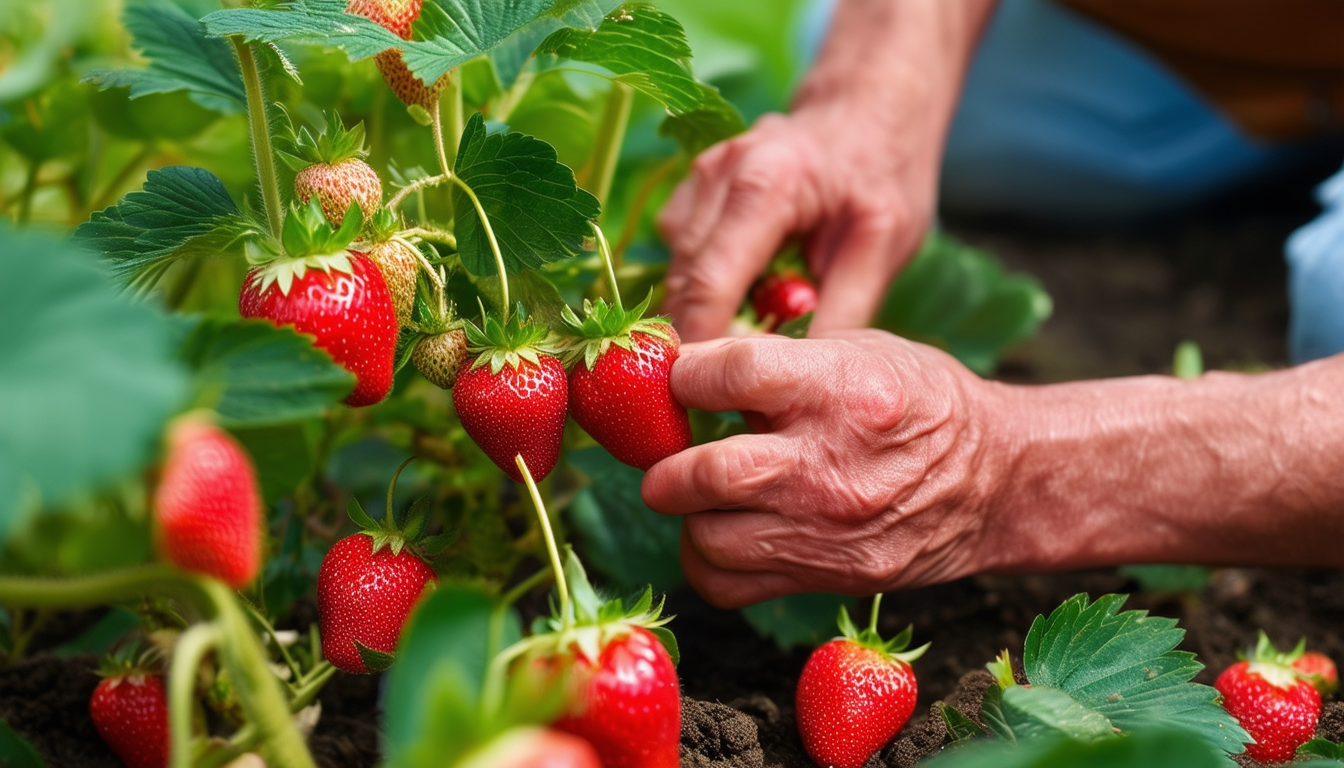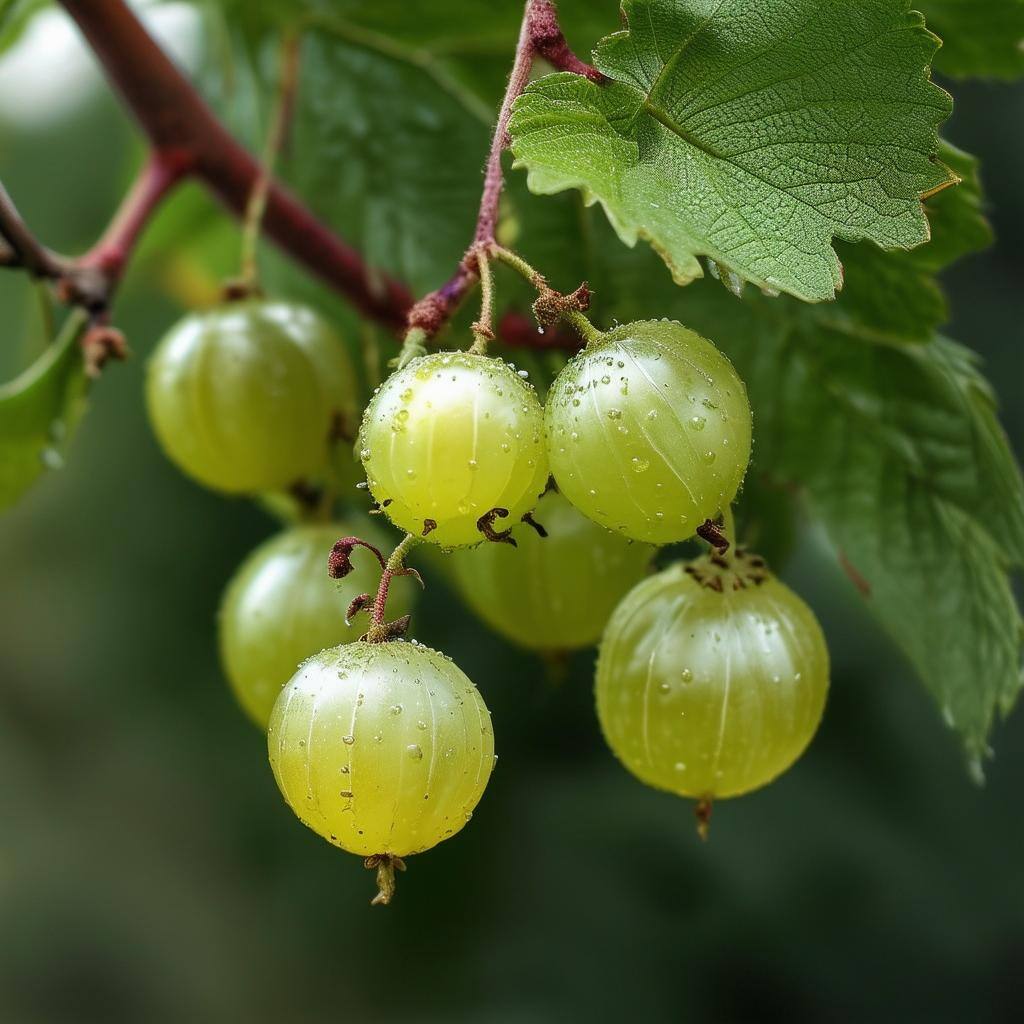
Unlock the secret to bountiful harvests and lush greenery by incorporating Sulphate of Potash into your spring gardening routine.
Intro - Why Sulphate of Potash is Essential for Spring Growth
Sulphate of Potash, also known as potassium sulphate, is a vital nutrient for your garden, especially in the spring. It promotes strong root development, enhances flowering, and boosts fruit production. However, it's important to note that not all plants are fond of Sulphate of Potash. For instance, plants like tomatoes, peppers, and some ornamental flowers may not respond well to it. Understanding the specific needs of your garden will help you make the most informed choices for a thriving landscape.
The Benefits of Sulphate of Potash for Fruit Trees
Sulphate of Potash offers numerous benefits for fruit trees. It enhances fruit quality by improving sugar content, increasing size, and enhancing color. Applying Sulphate of Potash in early spring, just as buds begin to swell, ensures that your trees have the potassium they need during their critical growth phases. This timely application supports robust flowering and fruit set, leading to a more bountiful harvest.
5 Steps to Applying Sulphate of Potash for Optimal Results
1. Test your soil to determine potassium levels.
2. Calculate the correct amount of Sulphate of Potash needed for your garden.
3. Apply the fertilizer evenly around the root zone of your fruit trees and shrubs.
4. Water the area thoroughly to help the nutrients penetrate the soil.
5. Monitor your plants for any signs of deficiency or over-fertilization, adjusting as necessary.
Common Mistakes to Avoid When Using Sulphate of Potash
One common mistake is over-application, which can lead to nutrient imbalances and harm your plants. Additionally, applying Sulphate of Potash too late in the season can result in poor absorption and wasted resources. Always follow the recommended guidelines and timing for the best results.
Another mistake is neglecting to water after application. Proper watering helps dissolve the fertilizer and facilitates nutrient uptake by the roots. Lastly, avoid applying Sulphate of Potash to plants that do not benefit from it, as this can cause more harm than good.
Choosing the Right Sulphate of Potash Product for Your Garden
When selecting a Sulphate of Potash product, consider the specific needs of your garden. Look for products that are labeled for use on fruit trees and shrubs. Granular forms are easy to apply and provide long-lasting benefits, while liquid forms offer quick absorption for immediate results.
It's also important to choose a product with a balanced nutrient profile. Some products may include additional micronutrients that can further enhance plant health. Reading product labels and reviews can help you make an informed decision.
Comprehensive List of Fruit Trees and Shrubs that Benefit from Sulphate of Potash
Many fruit trees and shrubs benefit from Sulphate of Potash, including apples, pears, peaches, plums, cherries, and citrus trees. Berries such as strawberries, raspberries, and blueberries also respond well to this nutrient. Ornamental shrubs like roses and hydrangeas can benefit from Sulphate of Potash, enhancing their flowering and overall health.
Understanding which plants in your garden will benefit from Sulphate of Potash can help you apply it more effectively and see the best results in your garden.
Frequently Asked Questions on Sulphate of Potash
Q: What plants don't like Sulphate of Potash? A: Some plants, such as tomatoes and peppers, may not respond well to Sulphate of Potash. These plants might not benefit from the nutrient balance it provides and could potentially experience adverse effects if it is applied.
Q: What is the best fertilizer for fruit trees in spring? A: A balanced fertilizer that contains a high level of potassium, like Sulphate of Potash, is considered ideal for fruit trees during the spring season. This type of fertilizer supports the trees' growth and fruit production as they emerge from dormancy.
Q: When to apply Sulphate of Potash? A: It is best to apply Sulphate of Potash in early spring, just as the buds on your plants begin to swell. This timing ensures that the plants receive the necessary nutrients during their critical growth period for optimal results.
Q: When to apply potash to potatoes? A: Potash should be applied to potatoes before you plant them and then again as the plants start to flower. This ensures that the potatoes have access to the potassium they need throughout their growth cycle.
Q: What plants can I use Sulphate of Potash on? A: Sulphate of Potash is beneficial for a variety of plants, including fruit trees, berries, and flowering shrubs. These plants thrive with the added potassium, which supports their growth and enhances their overall health.
Q: What are the problems with potash? A: One of the main problems with potash is that over-application can lead to nutrient imbalances in the soil, which can harm your plants. It's important to follow recommended guidelines to avoid these issues.
Q: Can you give plants too much potash? A: Yes, giving plants too much potash can cause nutrient imbalances, which may lead to plant damage. It's crucial to apply the correct amount to maintain healthy plant growth.
Q: How can you tell if your soil has a potash deficiency? A: Signs of a potash deficiency in your soil include poor flowering, small or deformed fruit, and stunted growth. These symptoms indicate that your plants are not receiving enough potassium.
Q: What are the disadvantages of potash? A: The disadvantages of potash include the potential for overuse, which can lead to nutrient imbalances in the soil and possible environmental harm. It's important to use it judiciously.
Q: What is the best homemade fertilizer for fruit trees? A: Compost and well-rotted manure are considered excellent homemade fertilizers for fruit trees. They provide a rich source of nutrients that support healthy growth and fruit production.
Q: When to fertilize hydrangeas? A: Hydrangeas should be fertilized in early spring and then again in late summer to achieve the best results. This schedule helps support their growth and flowering throughout the growing season.
Q: Are potassium and potash the same? A: Potassium is the chemical element, while potash is a common term used for fertilizers that contain potassium. Potash is often used to refer to various potassium compounds used in agriculture.
Q: What plants don't like potash? A: Some plants, like tomatoes and peppers, may not benefit from potash. These plants might not require the high levels of potassium that potash provides and could be negatively affected by its use.
Q: What is the difference between potash and sulphate of potash? A: Potash is a general term for potassium-rich fertilizers, while Sulphate of Potash specifically refers to potassium sulfate, a particular type of potash that contains both potassium and sulfur.
Q: Can you over-apply potash? A: Yes, over-application of potash can lead to nutrient imbalances in the soil and cause damage to your plants. It's important to apply the correct amount to avoid these issues.
Q: Is potash good for roses? A: Yes, roses benefit from potash as it promotes strong flowering and overall plant health. The potassium in potash supports the development of vibrant blooms.
Q: Is blood and bone good for potatoes? A: Yes, blood and bone provide essential nutrients that are beneficial for potato growth. They offer a balanced nutrient profile that supports healthy development.
Q: What is the best way to apply potash? A: The best way to apply potash is to spread it evenly around the root zone of your plants and then water thoroughly. This ensures that the nutrients are absorbed effectively by the roots.



